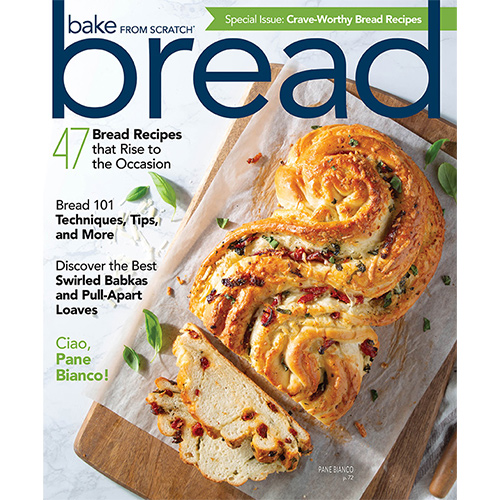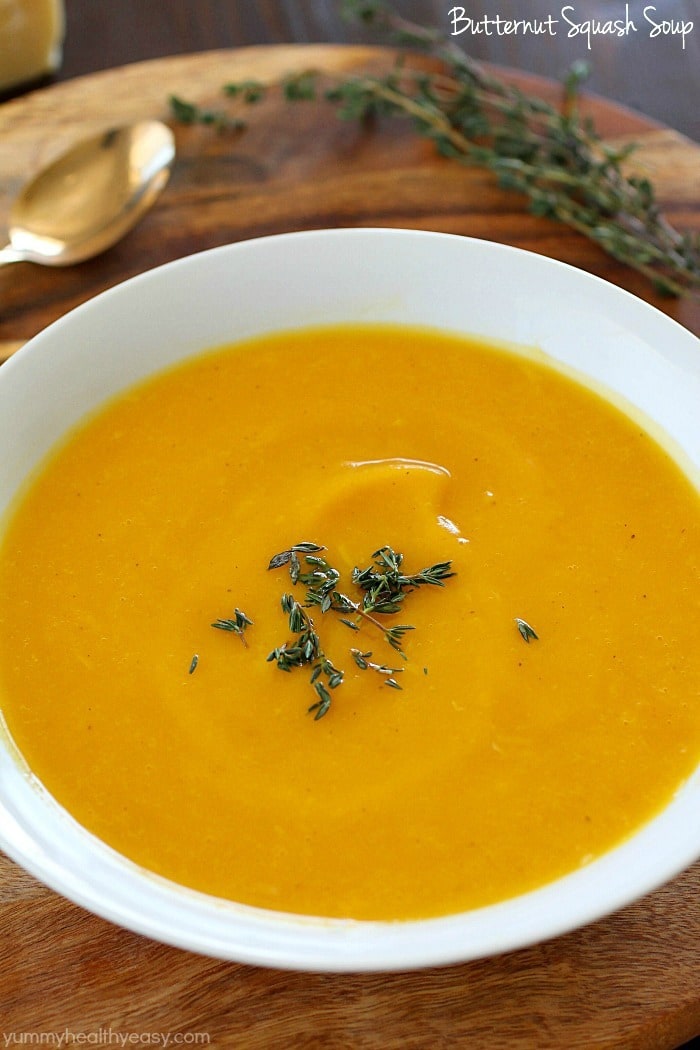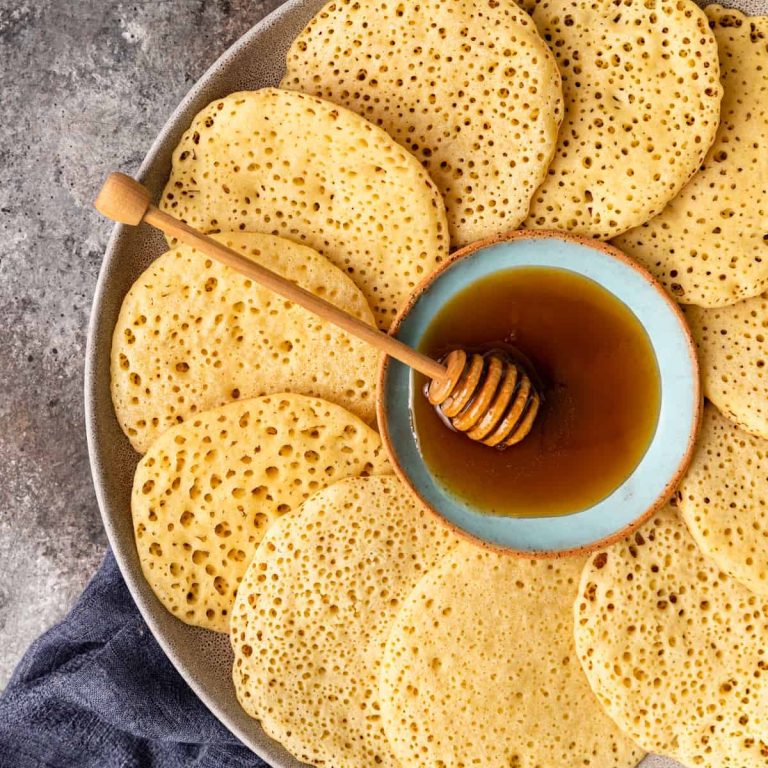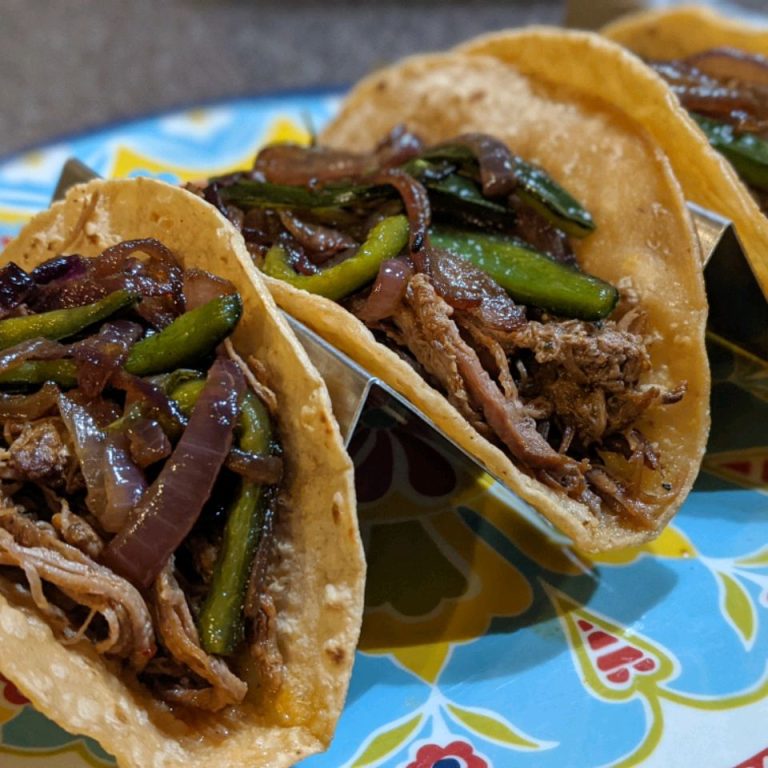Yeast Bread Baking: Tips, Techniques, and Nutritional Benefits
Yeast is a critical component in bread-making. It serves as the leavening agent, allowing the dough to rise and creating the fluffy texture of the bread. Fresh yeast, also known as cake yeast or compressed yeast, is a living organism that ferments sugars in the dough. It produces carbon dioxide and ethanol, which cause the dough to expand and develop a complex flavor profile.
There are three main types of yeast used in baking:
- Fresh Yeast: Often preferred by artisan bakers. It’s highly perishable and requires refrigeration. This yeast is sold in small, moist blocks and needs to be activated by dissolving in warm water before use.
- Active Dry Yeast: More widely available than fresh yeast. It has a longer shelf life and is sold in granulated form. This yeast also needs to be dissolved in warm water before adding to the dough.
- Instant Yeast: Known for its ease of use. It doesn’t require pre-dissolving and can be mixed directly with dry ingredients. Instant yeast has a finer texture and often provides faster rising times compared to active dry yeast.
Essential Ingredients for Yeast Bread
Creating fresh yeast bread involves a few essential ingredients:
- Flour: The backbone of any bread recipe. Bread flour, with its higher protein content, is ideal for developing the gluten structure vital for a good rise and chewy texture.
- Water: Necessary for hydrating the flour. Water activates the yeast and helps in dissolving other ingredients. The temperature of the water affects yeast activity—lukewarm water is typically best.
- Salt: Enhances the flavor and tightens the gluten structure. Salt also slows down yeast fermentation, providing better control over the dough’s rise.
- Yeast: The leavening agent. Fresh yeast, due to its high moisture content, needs to be used in higher quantities compared to dry yeast.
- Sugar: Optional but beneficial in feeding the yeast and aiding browning. Small amounts of sugar can speed up the fermentation process.
Optional ingredients like fats, eggs, and milk can enrich the dough, affecting flavor, texture, and shelf life. Understanding these basics equips you to embark on the art of making fresh yeast bread at home.
Preparing Yeast Bread: A Step-by-Step Guide
Mixing and Kneading the Dough
Begin by combining your ingredients. In a large bowl, mix flour, water, salt, yeast, and sugar until a shaggy dough forms. If your recipe includes fats, eggs, or milk, add them now. Once combined, knead the dough on a lightly floured surface for about 10 minutes, until it becomes smooth and elastic. Proper kneading develops the gluten network necessary for a good bread texture.
The First Rise: Fermentation Process
After kneading, place the dough in a lightly greased bowl, cover it with a damp cloth, and let it rise in a warm, draft-free area. This step, known as fermentation, allows the dough to double in size, which usually takes 1-2 hours. During this time, the yeast metabolizes the sugar and produces carbon dioxide, causing the dough to rise and develop flavor.
Shaping and Proofing the Bread
Once the dough has risen, gently deflate it to release excess gas. Shape the dough into your desired form, whether it’s a loaf, boule, or rolls. Place the shaped dough on a baking sheet or in a loaf pan, then cover it again and let it rise for another 45 minutes to an hour. This final rise, also called proofing, ensures your bread achieves the proper volume and final texture before baking.
Common Mistakes and How to Avoid Them
Overproofing the Dough
Overproofing occurs when dough ferments too long, causing it to collapse. To prevent overproofing, monitor the dough during the proofing stage. The dough should double in size but not exceed this. An easy way to test is the “poke test”: gently press a floured finger into the dough. If the indentation springs back slowly and not completely, it’s ready for baking. If it collapses, it’s overproofed.
Incorrect Oven Temperature
Incorrect oven temperature can ruin bread texture and crust. Always preheat the oven to the specified temperature in the recipe. Use an oven thermometer for accuracy, as many home ovens aren’t calibrated correctly. Baking at the correct temperature ensures the bread rises properly and the crust develops as it should. If the oven runs too hot, the crust will burn before the inside is done. If it’s too cold, the bread will be dense. Follow recipe guidelines and adjust as needed based on your oven’s performance.
Benefits of Baking Your Own Bread
Nutritional Advantages
Baking your own bread gives you control over the ingredients. You can avoid preservatives and additives common in store-bought bread. Fresh yeast bread allows you to select high-quality, organic flour. By doing so, you can improve the nutritional profile of your bread.
Homemade bread often contains fewer calories and less sugar than commercially produced bread. Reducing added sugars benefits overall health. Including whole grains, seeds, or nuts can increase fiber and nutrient content. This benefits digestive health and provides essential vitamins and minerals.
The Joy of Homemade Bread
Making your own bread can be deeply satisfying. The process itself can be therapeutic, providing a sense of accomplishment. Kneading dough and watching it rise connects you to traditional baking practices that offer a rewarding experience.
Homemade bread often boasts a superior taste and texture compared to store-bought varieties. The fresh, warm loaf’s aroma and flavor enhance your dining experience. You can tailor the recipe to suit personal taste preferences, experimenting with different ingredients and techniques.
Baking bread also fosters a connection with family and friends. Sharing freshly baked bread creates lasting memories and meaningful interactions. This communal aspect enhances both the baking experience and the enjoyment of your final product.
Conclusion
Baking fresh yeast bread at home is more than just a culinary task; it’s a rewarding experience that brings joy and satisfaction. By mastering the basics and following essential tips, you’ll create loaves with a perfect crispy crust and airy interior. The nutritional benefits and control over ingredients make homemade bread a healthier choice. Sharing your freshly baked bread with family and friends adds a special touch to any meal. So, roll up your sleeves and start baking – the aroma and taste of fresh yeast bread are well worth the effort.






